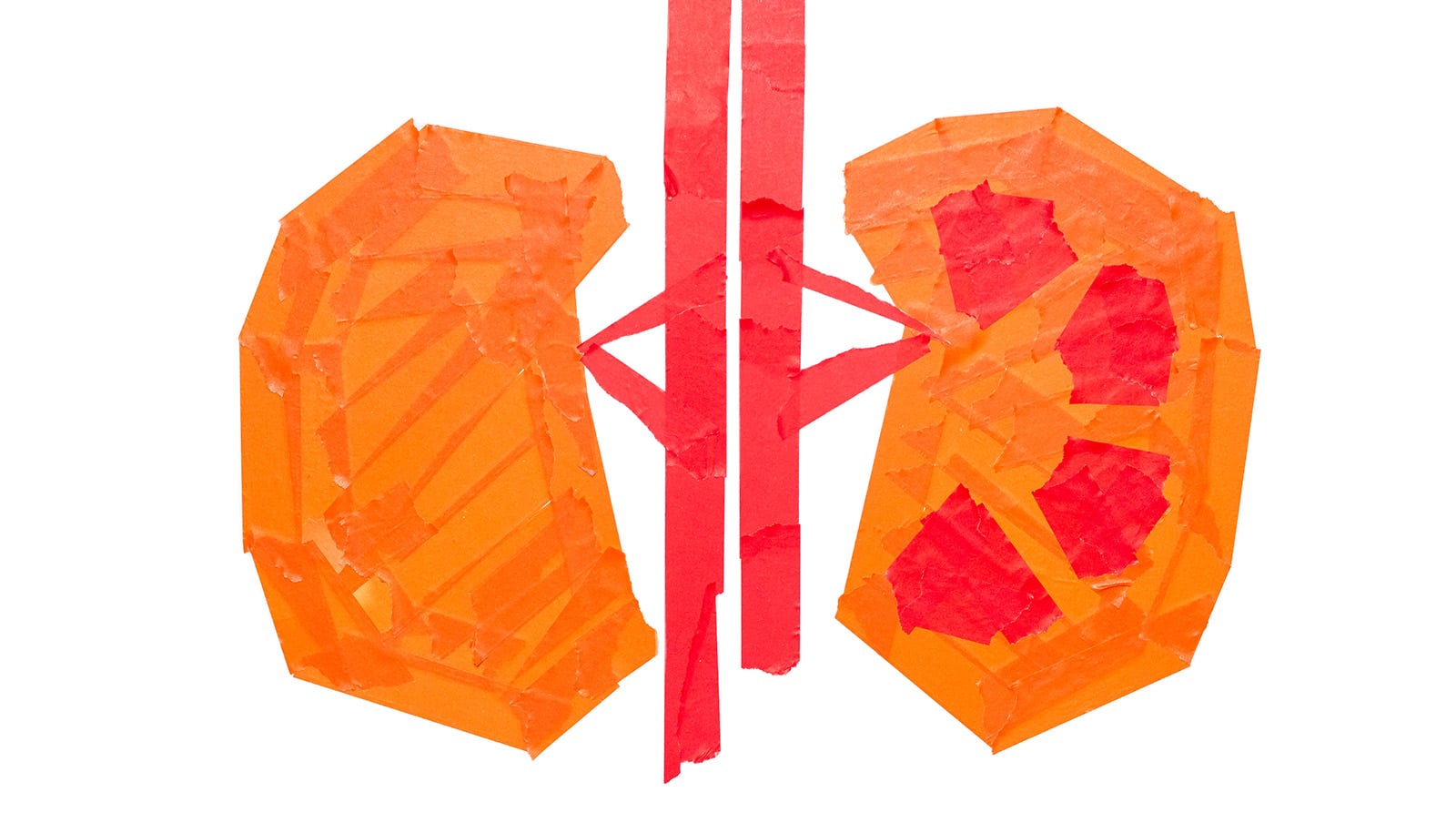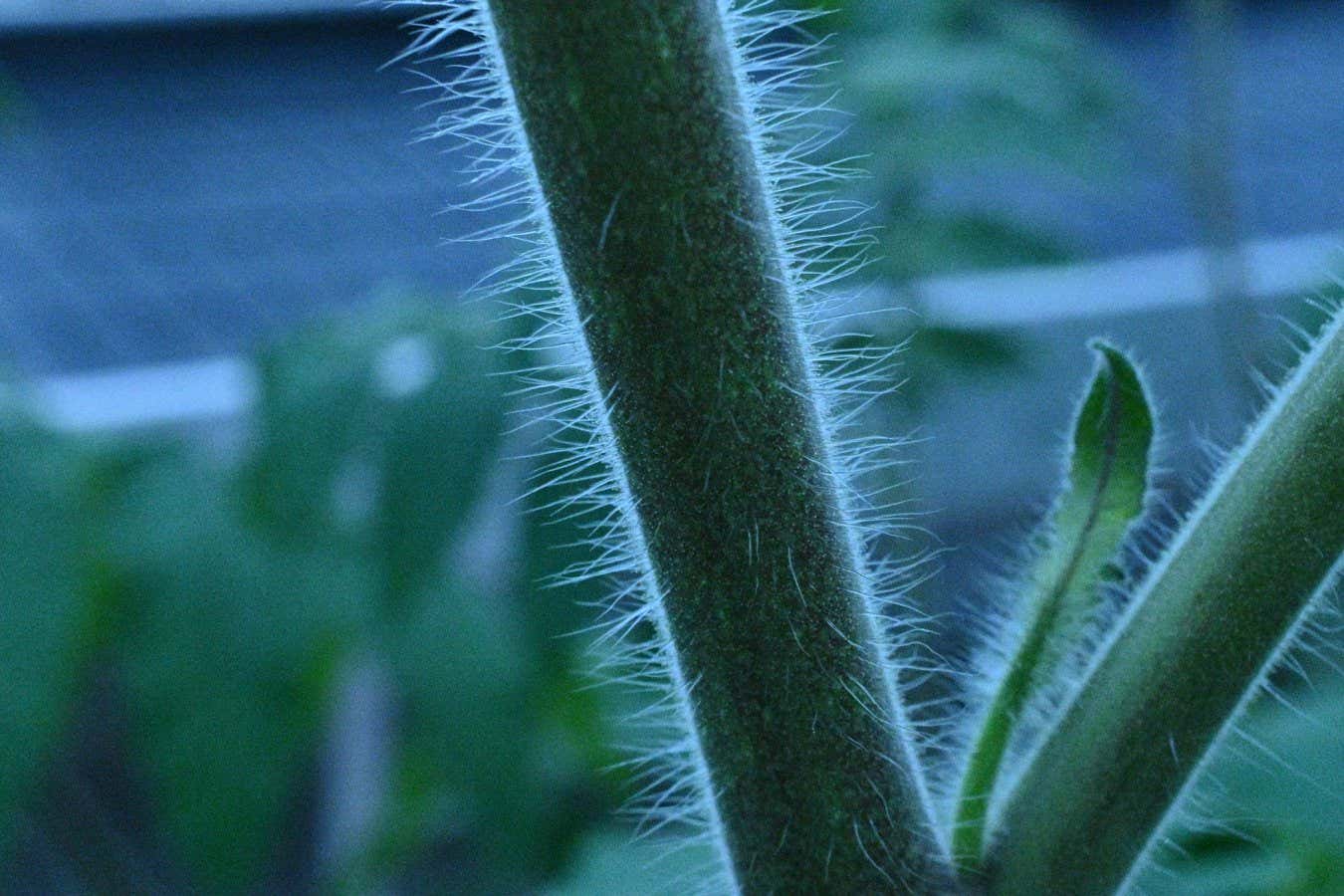
The town of Colonnata (Italy),
Alessandro Gandolfi/Panos Pictures
At the foot of striking marble quarries in central Italy’s Apuan Alps sits the village of Colonnata (pictured above) – a quaint place famed for its pork lard and quarry workers. The stone extracted from outside the nearby city of Carrara, including from the white marble quarry in the image below, is widely regarded as the purest and most valuable in the world.

Alessandro Gandolfi/Panos Pictures
Before modern technology, enormous blocks of marble were transported down the mountainside manually with cables, ropes and a sled in a method known as “lizzatura”, as recreated in the image below.

Participants take part in the ‘historic lizzatura’,
Alessandro Gandolfi/Panos Pictures
“Since the time of the Roman Empire, the marble was considered the best in the world,” says photographer Alessandro Gandolfi, who documented the story of the highly sought-after material in his project Land of Marble. “The best sculptors in the world, like Michelangelo, came personally to choose these marbles for their sculptures.”

Sculpture students work on clay models at the Academy of Fine Arts.
Alessandro Gandolfi/Panos Pictures
Several centuries after the Italian Renaissance, marble remains a staple material for artists. In the image aboove, students at Carrara’s Academy of Fine Arts first hone their sculpting skills on clay.
Beyond its use in art, Carrara’s marble is often pulverised and used as calcium carbonate to make products such as paper, paint, fertiliser and toothpaste.
But the extraction of marble isn’t without impact on the environment. “We are extracting a little bit too much marble today,” says Gandolfi. “If we keep going at this rate, you will see the mountains totally destroyed in 500 years’ time.”
Topics:









Leave a Comment